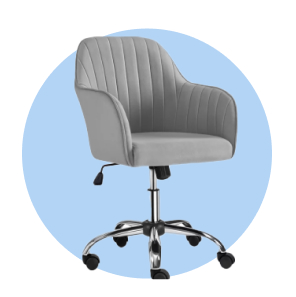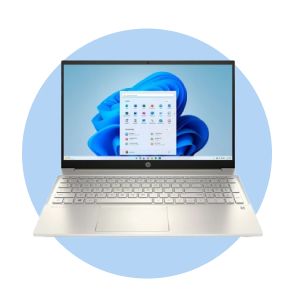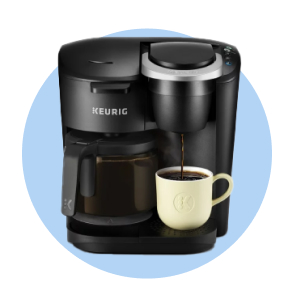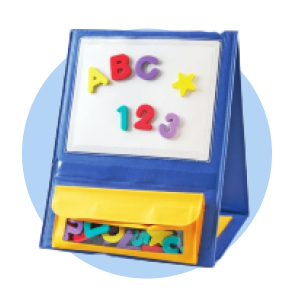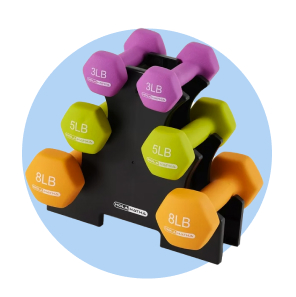
Small Business Inventory Software: 7 Features to Prioritize
From barcode scanning to scalability
When you’re starting your own company, there’s no shortage of tasks on your to-do list. In between hiring staff and determining marketing strategy, don’t forget to research small business inventory software. This technology is essential for every business that keeps any kind of merchandise or supplies in stock; it’s necessary to keep track of your inventory and ensure you’re planning accurately and maximizing revenue.
If you’re a small business owner, you’ll get even more use out of inventory management software because it helps save time and money—two things that are always in short supply. By prioritizing these seven small business inventory software features, you’ll be able to choose the best technology for your needs.
7 key features of small business inventory software

1. Real-time inventory tracking
The primary function of inventory software is to give you an accurate listing of every item you have in stock so you can keep a close eye on inventory levels and plan appropriately. For example, if you’re seeing some items sell much faster than others, you can adjust your next order accordingly and meet customer expectations without wasting time and shelf space on less popular purchases.
But to be effective, this feature has to update immediately after every transaction that adds or subtracts items from your inventory. Your team needs to be aware of what they have in stock in order to provide the best customer service, and you need access to that same information to make informed business decisions.

2. Scanning solutions
Keeping track of your inventory is critical, but typing in each item by hand (or having to remember individual codes) is tedious and time-consuming. That’s why you need small business inventory software that allows you to scan items quickly. Many solutions offer built-in barcode scanning, which is exactly the kind of feature you need to manage your inventory.
Some inventory software utilizes RFID technology instead of bar codes to track items. This comes with pros and cons: RFID tags can be scanned from any direction with a greater window of visibility, which makes scanning even faster. However, these systems may require more upfront labor depending on your location, network and existing tech stack. Either option is an improvement over manual scanning, so choose the technology you feel would suit your business best.
3. Order management
When people hear “inventory management,” they often think that means keeping track of every item physically located within your business. That’s a key component, but there’s more to effective stocking than that. You need to be able to track the entire life cycle of each piece, from the initial order to accepting its shipment to purchase and delivery. In other words, you need small business inventory software with an order management system (OMS).
With an OMS, you can do more than see whether or not you have an item in stock. You can see where it is, whether it’s in transit, on the sales floor, in a back room or in a warehouse. You can also tell whether or not it’s earmarked for an order in progress. This allows you to more accurately manage your inventory every step of the way without having to waste your employees’ time on tedious manual tracking.
4. Software integration
Inventory software is just one piece of the technology puzzle that keeps your business running. You might also have point-of-sale (POS) software, customer relationship management (CRM) software, sales-as-a-service (SaaS) platforms, a company website—the exact list of solutions will vary depending on the business. As much as possible, your inventory management system should be able to integrate with your existing tech stack.
Here’s why that’s important: imagine someone makes a purchase from your store or via your website. If the tools you’re using for those transactions aren’t working with your inventory management software, it’s all too easy for inventory counts to get off track. And if you have to enter it manually every time you make a sale, you’re going to spend more time on manual work than growing your business.

5. Customizable reports
Are you on track to meet your sales goals? Have any trends emerged that could mean opportunities for growth? Are there any areas for improvement? You can run reports to get the answers to all of those questions.
Inventory management software provides valuable data about the state of your company, and to get the most out of that data, prioritize solutions with customizable reports. By tailoring your software’s reporting capabilities to your preferences, you’ll be able to extract the kind of actionable insights that help your business meet its goals.
6. Data security
You might think your startup is too young to have to worry about data breaches, but unfortunately, that’s not true. Around half of small and medium-sized businesses experience data breaches annually, and 83% are simply not prepared for cybersecurity issues. Once you’ve experienced a cyberattack, earning back customer trust is slow-going—if it happens at all.
That’s why you need to prioritize data security with every software solution your business uses, including inventory management software. Customizable permissions and configurable security levels ensure that only the appropriate people have access to your data, so look for those features first. You’ll also want to ensure that the solution you choose uses security protocols like end-to-end encryption.
7. Scalability
It’s tempting to choose less expensive solutions to fit your current needs, but keep in mind that your software needs to grow with you.
For example, if your goals include expansion, you’ll need software that can track every transaction across multiple locations. You should also examine how much it costs to move to a higher tier or add more authorized users. It’s better to plan for the future than find yourself burdened with the time and expense of finding a new solution just as the business is taking off.
Equip your growing company with Walmart Business
Once you’ve found the right small business inventory software, it’s time to stock up on furniture, technology and office decor—and Walmart Business can help. Our prices help small business owners and office managers create a workspace that’s comfortable, inviting and productive, no matter what business they’re in. Get started by signing up for a free account. Already a Walmart Business member? Upgrade your account to Walmart Business+, and you can save over $500 per year and enjoy exclusive Rewards.1 With features like free shipping on orders of any size2 and free delivery from the store on orders of $35 or more,3 Walmart Business+ can help your company stay on budget.
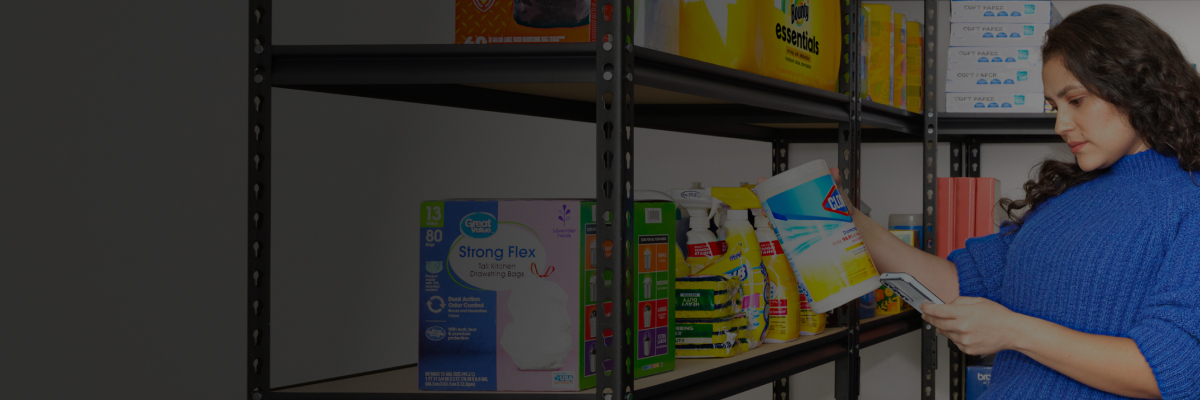

Limited-time offer
Unlock your special promo code
Stay informed on Walmart Business news & get $20 off a $100 purchase!1
1Minimum order of $100. Promo code can be used one time & may not be combined with other offers. Offer not transferable & void where prohibited by law. Customer responsible for all applicable taxes. Offer expires 12/31/2025 at 11:59pm PT. Further restrictions apply. See terms at checkout for details. Promo code offers available in limited quantities. While supplies last.
1Savings based on 1 free $35+ delivery order vs. $9.95 fee and 1 free shipping order under $35 vs. $6.99 fee biweekly, plus 2% Walmart Business rewards on monthly order >$250 (average value of $400).
2Excludes most Marketplace items, freight and certain location surcharges.
3Restrictions apply. Additional fee applies for Express delivery.
Exciting news awaits
Hear firsthand about new products, features & promotions.
By clicking submit, you agree to receive emails about Walmart Business and acknowledge you have read and agreed to our Terms of use and Privacy Policy.




